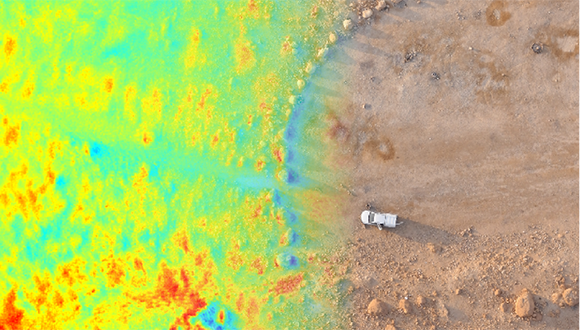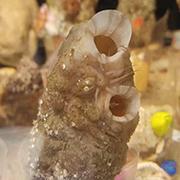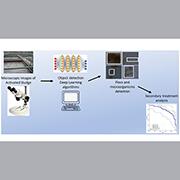Developing high-resolution climate mapping and insect-detection models to reduce risks to food production under climate change
Researcher: Dr. Ofir Levy (Zoology)
Researcher: Dr. Ofir Levy (Zoology)
As our planet warms, human societies, especially in developing countries, depend on our ability to maintain our food resources safe from climatic or climate-driven biological hazards. Such hazards can lead to a severe loss of plants and, in turn, to economic and even humanitarian disasters.
Here, we will develop tools that can:
- Provide thermal maps that can be used to predict the locations of thermal extremes and of insect pests based on commonly available meteorological data; and
- Use camera-trap data to identify the presence of pests in crops.
These AI modeling tools will enhance our ability to predict climate change effects on crops and their pests well beyond the current knowledge.
This work is also relevant to other human-related issues, such as the detection of disease vectors, as well as to climate change issues such as conservation and ecological studies that seek to predict the impacts of climate change on wildlife.
The figure shows a mosaic of microclimates in the Judean Desert. Red colors represent warm microclimates and blue colors colder ones





